30 Jun 2023
One of the biggest names in veterinary referrals has just got bigger – a whole lot bigger. Dick White Referrals in Cambridgeshire tripled in size following the completion of an expansion project in February, and last month VBJ was invited in to take a look around…

Staff: full-time vets 109 • registered veterinary nurses 96 • non-clinical 140
When surgical oncologist Dick White set up one of the UK’s first private referral practices in 2003, the only members of staff he employed were a vet nurse and his wife Christine on reception.
Almost two decades later, Dick White Referrals (DWR) has grown into one of the largest referral centres in the country – and when it celebrates its 20th birthday in July, almost 400 members of staff will be at the party.
There will be plenty of reasons to celebrate that milestone, but chief among them will surely be the completion of a £15 million redevelopment that has increased the overall size of the practice to more than 50,000 sq ft.
Roughly 35,000 of those extra square feet can be found in the main focus of that huge investment – an impressive new hospital that now houses most of DWR’s 15 specialist-led services.
It took more than five years to complete the much-delayed development following the transition away from independent ownership of the practice, which became part of the Pets at Home Group before its sale to Linnaeus in 2020 – along with the rest of the Pets at Home referral division.
Those delays may have been frustrating, with demand for services at an all-time high in the past few years, but it’s been worth the wait.
Kennel capacity has been doubled and consulting capacity has trebled, while services previously scattered around a site that had begun to resemble something of a rabbit warren have all been brought under one roof.
This includes physiotherapy and a new ICU offering an emergency 24/7 critical care referral service, as well as a state-of-the-art diagnostic image suite boasting gradient echo MRI and CT scanners, plus additional ultrasound and x-ray machines.
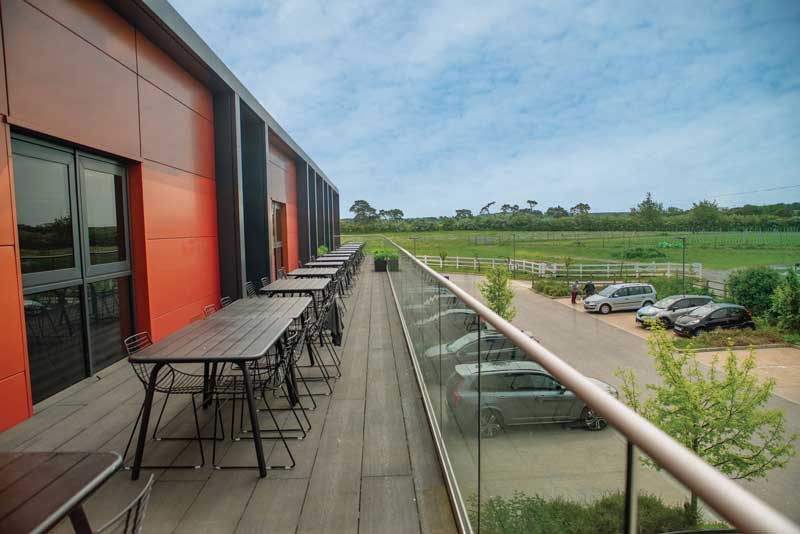
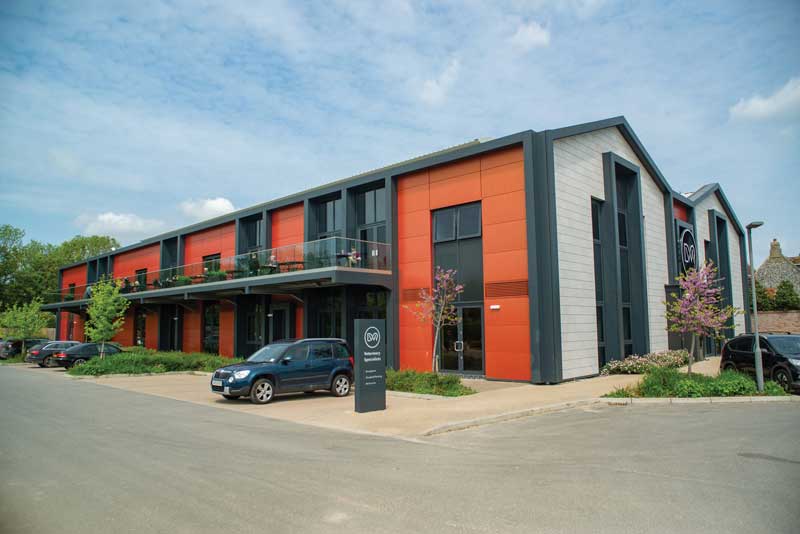
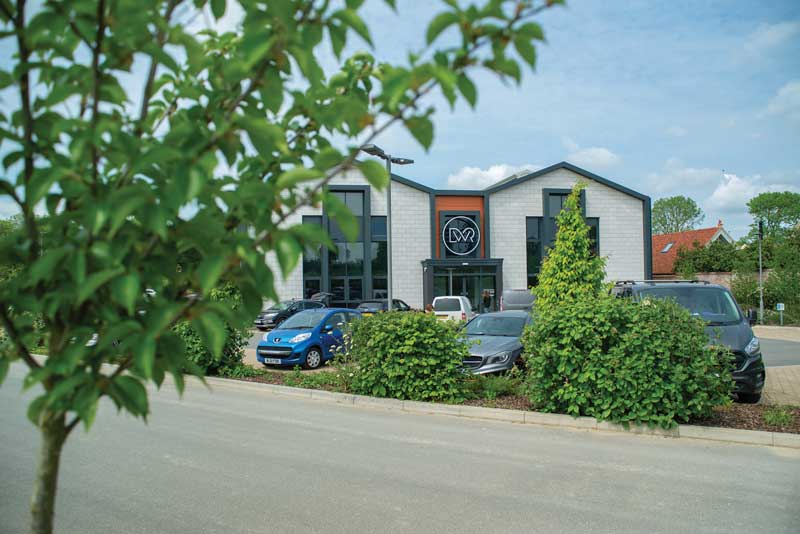
The development hasn’t been built solely for the benefit of DWR’s small army of clinicians, however. Clients are now greeted by a vast reception space, full of high-end finishes and clever soft touches, where a concierge-style greeting is promised before clients are met by a dedicated case manager.
Patient journeys have also been mapped into the core of a design in which clearly much thought has gone into how animals move through the practice – from the waiting room to the consult rooms and on to the patient hubs and triage areas.
It is all a far cry from the early days of the practice when clinical director Simon Tappin first joined the team 16 years ago, fresh from a residency in small animal medicine and intensive care at the University of Bristol.
He said: “The new building has allowed us to completely reorientate the practice and create something that will future-proof this business for the next 15 to 20 years.
“When Dick [White] first built the practice, it was one small building with a waiting room, one consult room and theatre areas with one ward space. Now we believe we are the largest referral hospital – both in terms of the physical size we are now and in the number of people who work here.
“We had got to a point [in the old building] where we were not able to see the number of cases that we wanted to and at a stage where we were unable to keep supporting the amount of growth we have had.
“So, this has been planned for a long time with my predecessor as clinical director, Rob Foale, and Ben Lummis, our operations manager – both having a massive amount of input into this building; the shell of which was actually built five years ago when we were still owned by Pets at Home.
“Back then, the original building layout had many fewer consult rooms, but then the practice was sold on to Linnaeus and that was the time we were able to take another look at exactly what we needed from the building and to carefully plan for the future.
“We soon realised that we needed to rethink the use of the space to support the projected growth of the business; so, for example, we now have 26 consult rooms downstairs.
“So, there was significant evolution of those plans during that time and that process has resulted in a building that feels like a proper hospital – it is open, it is light and it feels as though people really want to be here now as it is somewhere they can really flourish.”
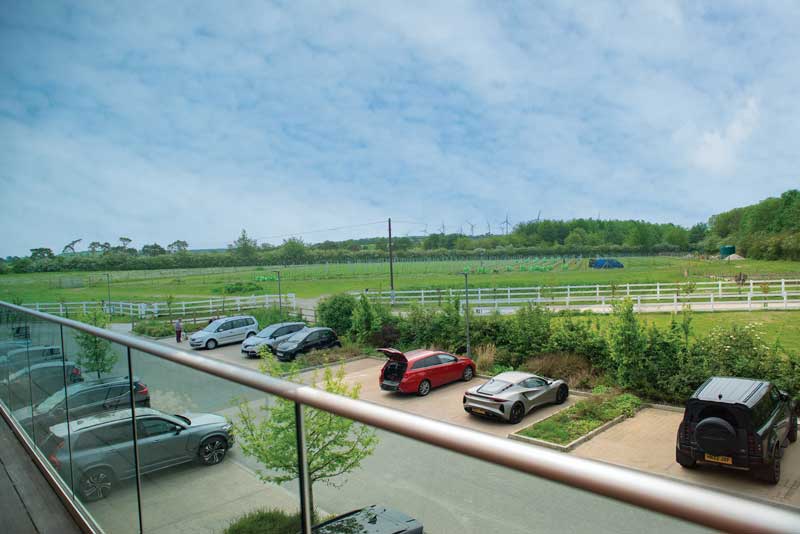
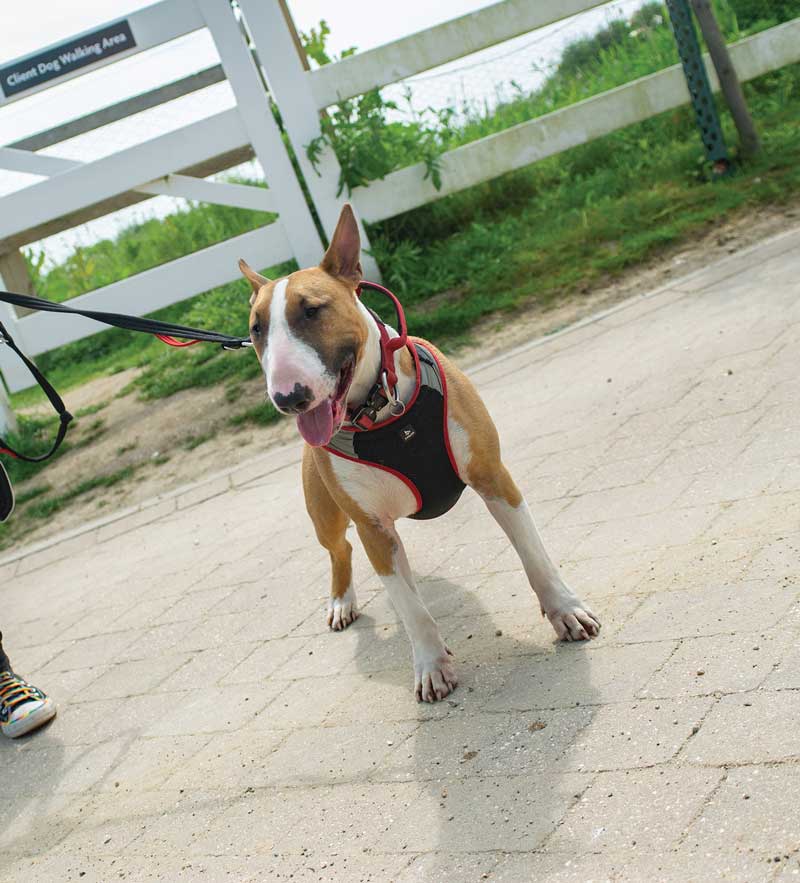
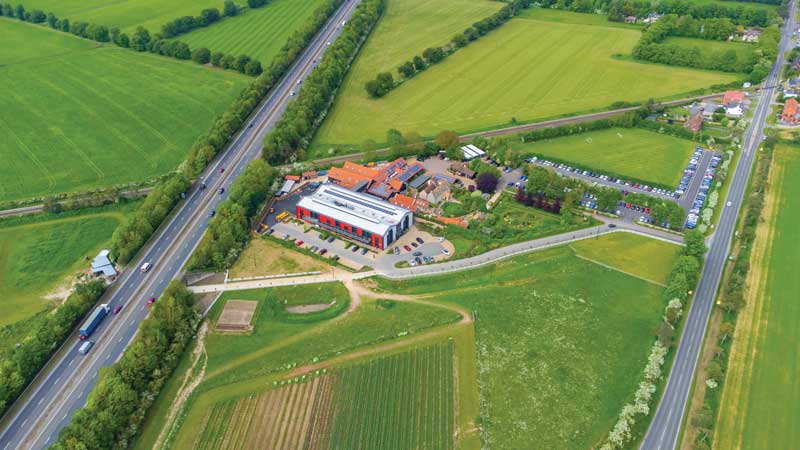
One of the most eye-catching features of the new centre is a full-length balcony, which provides the entire first floor with easy access to fresh air and views of vineyards, and a rather impressive vegetable patch. Both the fruit and veg are owned by founder Dick White, who still lives on the site and retains ownership of the land and some of the buildings in which – and on which – the practice sits.
From the balcony, it is easy to see the ample acres that meant space was never going to be an issue for expansion at Six Mile Bottom, but the old buildings from which the practice made its name have not been left behind and forgotten.
The renovation and reintegration of these areas represents the final phase of the current redevelopment, as Simon explained. He said: “That will become a separate theatre area, so there will be doors where patients go into that theatre suite and our staff will go through changing rooms, get into their scrubs, and come down into the other side and into the theatre spaces.
“We will also be using the old building to house more dog ward space and the dentistry service (now headed up by Gerhard Putter) will also be in that area, too. That will make us more efficient, as all our theatre staff will be in one place so we can run the theatres more effectively and our nursing staff can be more efficient and flexible, as we will be able to look after patients in wards depending on the level of nursing care they need, not by the discipline they were admitted under.
“In the past we have had separate medicine, surgery, ophthalmology and neurology wards, but now we are starting to stratify patients into wards by the level of the care that they need and the procedures that they have had.”
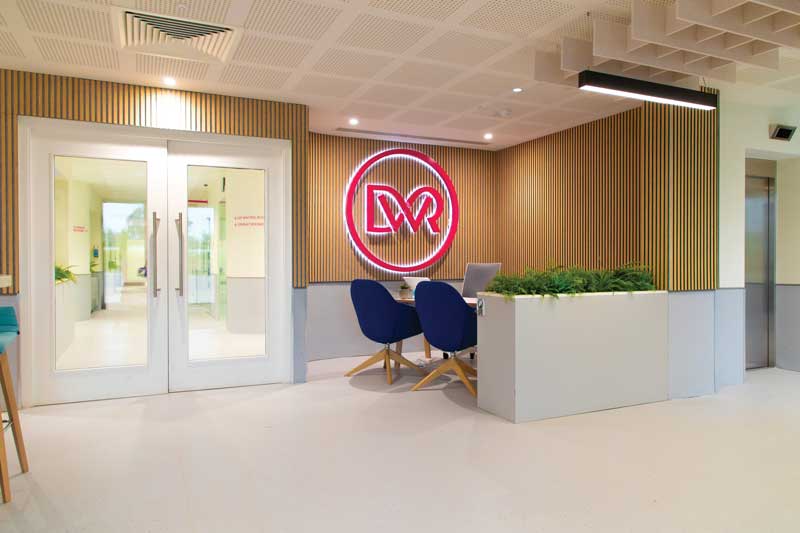
It has been a massive investment in both time and money at a time when many tens of millions of pounds are being spent across the UK veterinary referral sector. As well as DWR, Linnaeus has spent more than £10 million at Southfields in Essex, while CVS has invested a similar sum in its new Bristol Vet Specialists centre, as has IVC in Birmingham at Blaise Referrals – both of which are due to open for business later this year.
With large swathes of the population struggling through a cost-of-living crisis, it might seem a strange time to see such heavy investment in big referral businesses with big overheads and which, by their very nature, can be expensive for pet owners to access.
But there is clearly confidence that the sector will continue to grow, and that’s a confidence Simon shares. He added: “Around 90 per cent of our caseload is insured, but we are seeing people coming in and being a little more careful with things from a financial point of view. But because we offer people an extremely good service and because we can offer clients various options, there remains a very high demand for what we do.
“People are certainly being more cautious, and we are seeing people being more careful about not spending above their insurance limits and just being more careful with that contextualised care.
“We really do try to offer what people want and what they can afford, so we do some phone consults; we do a lot of consults where we just chat through things as well as being able to offer that next-level service with imaging and then the full package.
“And there is a huge amount of demand for cases at the moment and the plan is to increase our clinical caseload by 50 per cent over the next five years; we certainly have the capacity to do that.”
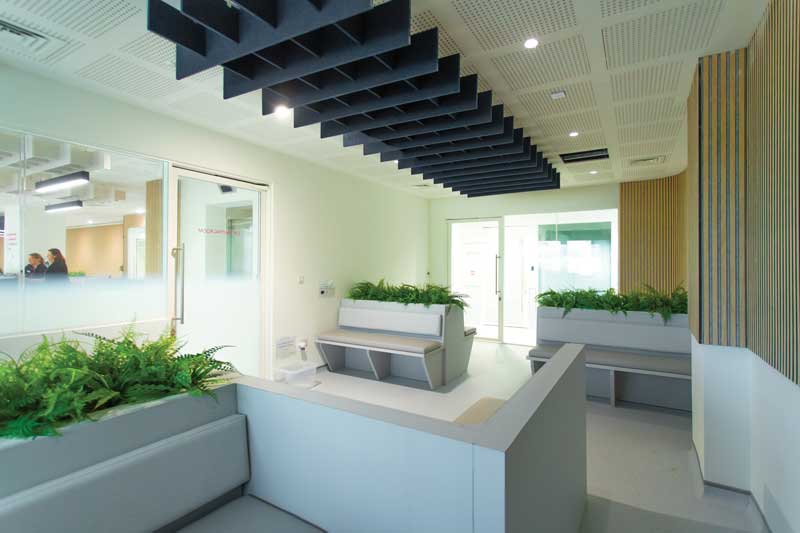
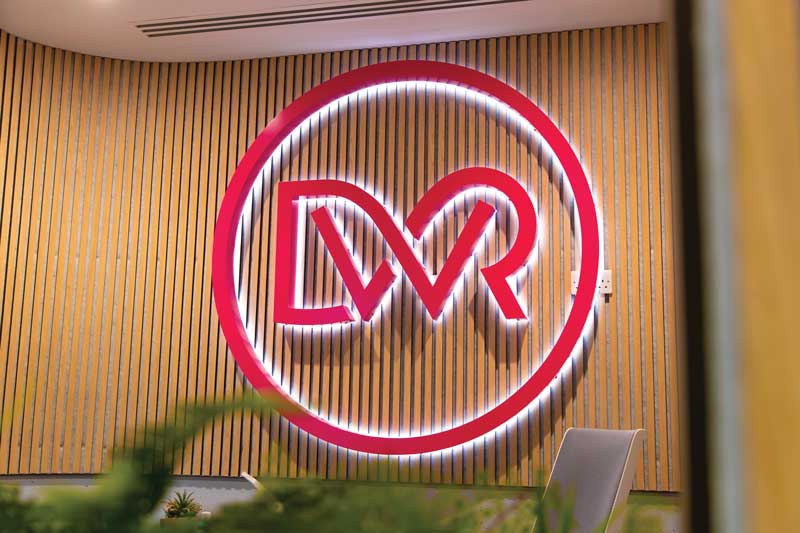
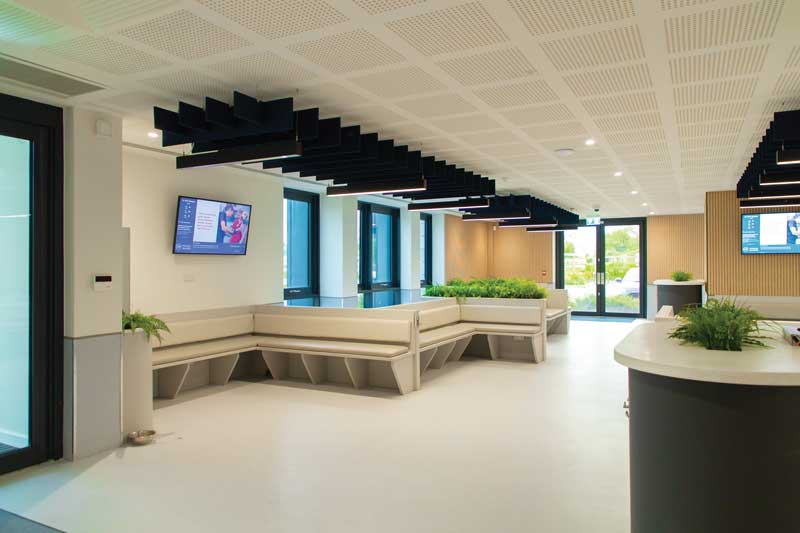
Alongside Davies Veterinary Specialists, London Vet Specialists and Southfields, DWR is part of an east region group of Linnaeus-owned referral centres that gets together regularly to share knowledge on leadership, research ideas, management, and the latest thinking around workflow and clinical best practice.
That certainly helped the team at DWR when the time came to move into an unfamiliar facility where enhancing communication – both within and between different teams – became an even more pressing priority.
Through this process, the leadership team at the practice developed new ways to maximise systems, such as Microsoft Teams and DWR’s 3CX communication system, to communicate messages more effectively to a bigger team in a bigger building.
Being able to collaborate with other referral centres that had been on a similar journey was also of help when it came to minimising the carbon footprint and increasing the sustainability of the massive new development.
Simon said: “We used a lot of recycled material in the building in terms of the flooring, a lot of the work surfaces are made from recycled yoghurt pots and we have a lot of wood finishes as well, so it is more sustainable in that respect, too.
“The building also has one source air heating, which recycles heat in the building to make it more efficient. We also generate all our own oxygen and all of the lights are automatic and dimmable, so we have done what we can to mitigate the impact.
“We are also taking other steps to lighten our footprint and were recently assessed for silver accreditation by iiE [Investors in the Environment] with the aim being to secure the top green level.”
The internal fit out of the building started in January 2022 and completed in February this year, when the various teams began to move into the new facility as part of a carefully staged process.
Prior to the building being ready for use, DWR had been managing the growing demand for its broad range of services – in part, by using temporary outside consult spaces, but this was far from ideal and meant as the business continued to expand, clinical functions within the old facility were becoming increasingly compressed.
Now, with the new building online and refurbishment of the old building due to be completed later this year, the business is in a much better place to meet its ambitious future objectives.
Simon said: “The next step is to bring the theatre areas up to spec and work will be starting on that in the next month, and then we will be refreshing some of the remaining areas of the original building.
“Looking at the business plan, we are expecting the caseload to grow over the next 5 to 10 years, and I think a lot of that growth will come in the emergency caseload. I also think we will see significant growth in our main disciplines like medicine, surgery and neurology, but also in areas like dermatology and dentistry, where our caseload is also growing significantly.”
Currently, 32 residents work across most specialist disciplines – including a cardiology service that boasts a world-leading open heart surgery programme – and plans are in place to add an on-site dentistry pathway in the coming months.
Simon added: “The intention is to have residency programmes in all of the services; it will just take us a little bit of time to develop certain areas a little more, so we can support that.
“So, for the future, the aim is for DWR to develop training and teaching through our intern and residency programmes, and support our research output.
“I think that is very important to what we do. Yes, we are a business, but we are also part of the veterinary profession and it is vital for centres like DWR to support development and research that benefits that profession.
“So, we will be continuing that and are looking at ways to refine and improve this in the years ahead.”